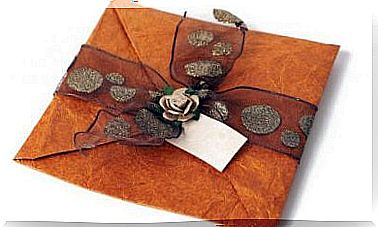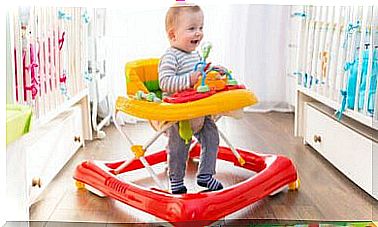Nature And Function Of The Umbilical Cord – Being Parents
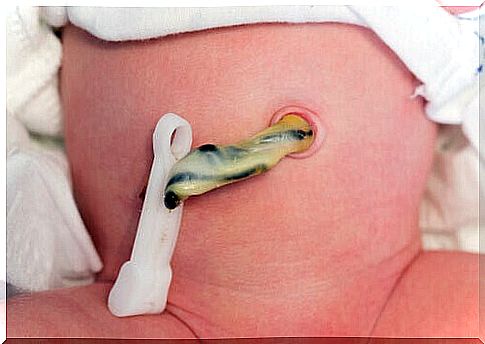
The umbilical cord, essential for the development of the fetus
The length of the umbilical cord is about 50 to 56 cm and has a helical shape. It is made up of two arteries and an umbilical vein, placed in a triangle shape: the arteries at the base and the vein above. These are surrounded in a kind of gelatinous tissue called “Wharton’s jelly,” a loose mucous connective tissue that makes the cord strong and thus prevents it from becoming tangled.
The umbilical cord forms between the fourth and eighth week of pregnancy. After birth, it is cut and leaves a permanent scar: the navel. The cord, in addition to the expulsion of the placenta out of the uterus, thus reflects the transient nature of these organs: they develop for specific functions, and once their roles are fulfilled, they are eliminated.
While the baby is in the mother’s womb, the umbilical cord is the only way for the baby to eat and receive blood with high levels of oxygen. Connected to the placenta of the mother and to the umbilicus of the fetus, this cord is essential for the development of the embryo, given the functions previously illustrated.
In addition, it is the physical proof of the union between mother and child in its most symbolic expression. For this and more, mothers are a fundamental pillar in the lives of their children.
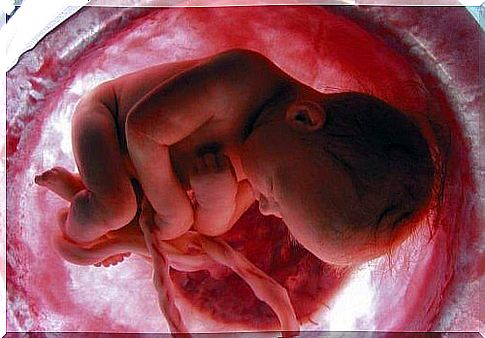
The functions of the umbilical cord
Among the roles performed by the umbilical cord in the formation of the fetus, we can highlight:
- Food: it carries the nutrients that the mother provides to the fetus through the placenta.
- Respiration: the umbilical cord is responsible for transporting oxygen-rich blood.
- Waste disposal: carbon dioxide released during respiration and food residues are expelled through the umbilical cord.
- It contains a high number of stem cells: embryonic stem cells are undifferentiated, that is to say they can be transformed into cells of any type: skin, nervous tissue or those which constitute the heart or the kidneys. This allows them to be preserved and used for the treatment of diseases such as childhood leukemia, spinal cord or heart injuries.
- Antibody transmission: This occurs towards the end of pregnancy, when the mother transmits the antibodies generated by her body to the fetus in order to form the baby’s immune system.
- Prevention of other pathologies: According to Genome Biology , analysis of umbilical cord cells in premature infants can help diagnose serious lung disorders such as bronchopulmonary dysplasia.
As we can see, the umbilical cord is not only essential for creating new life, but it can also be the solution to save many more. Umbilical cord blood donation is a painless process that takes place immediately after childbirth.
Some umbilical cord care
Many questions arise about the care of the umbilical cord following the birth of the baby, such as:
When should it be cut? Although the cord was usually clamped immediately after birth, the WHO and other researchers suggest that it would be best to wait between 30 and 120 seconds to do so. Thus, the baby would need less blood transfusion and less risk of suffering from intraventricular hemorrhage.
However, if you wish to donate cord blood, it should be cut immediately after the baby is born.
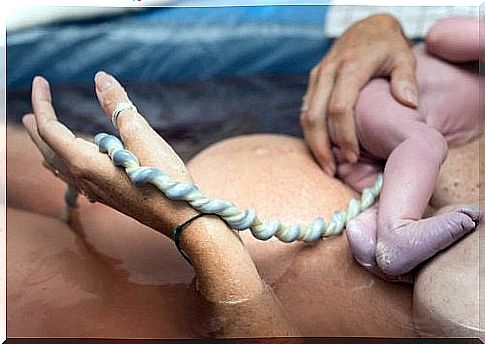
How to care for a newborn’s cord? The part that remains on the navel will dry out and then fall off after a few days. This can happen between the first and second week after birth. During this time, it is recommended to clean it using sterile compresses soaked in antiseptic product based on chlorhexidine and to dry it well afterwards.
According to recent studies, cleaning the umbilical cord of the newborn with antiseptic substances is not essential and it should also be kept dry. However, in areas where the risk of bacteria is high, this cleaning process can prevent infection.
Can I give the baby a bath? Yes, no problem, as long as the cord is dried after the bath.
How do I know if everything is okay? In the event that the cord appears to have an abnormality, if it gives off a bad odor, produces secretions or blood (in greater quantity than just small spots), consult your pediatrician. The baby will likely need an antibiotic to prevent infections.



